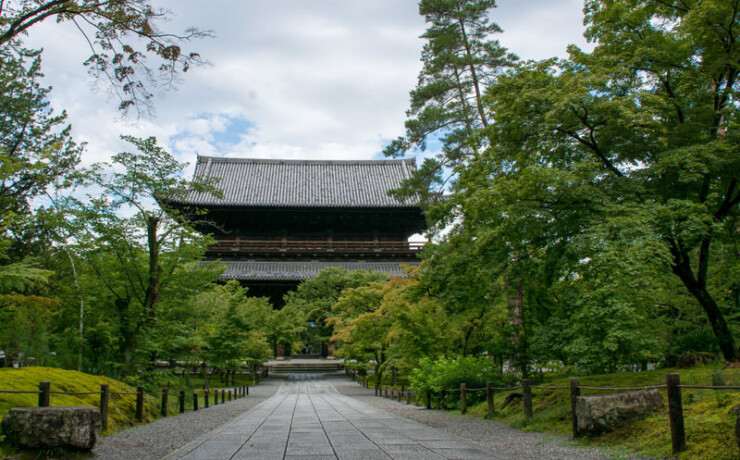
Wabi-Sabi: The Zen of Imperfection
In a world obsessed with perfection, speed, and polish, Wabi-Sabi offers a breath of quiet, earthy wisdom. Rooted in Zen aesthetics, Wabi-Sabi invites us to embrace imperfection, impermanence, and the beauty of the incomplete. It is not a concept to master but a way of seeing—and living—with depth, humility, and acceptance.
In this article, we’ll explore the meaning of Wabi-Sabi, its roots in Zen teachings, and how this profound philosophy can help us cultivate a more peaceful, grounded life in a world that constantly demands more.
What Is Wabi-Sabi?
Wabi-Sabi is a traditional Japanese aesthetic and spiritual principle that finds beauty in what is natural, aged, asymmetrical, and transient.
-
Wabi (侘) refers to simplicity, humility, and a rustic, unpretentious elegance. It evokes the quiet beauty of a handmade bowl, a weathered stone, or a solitary tree.
-
Sabi (寂) speaks to the beauty that comes with time—patina, wear, and the serene acceptance of aging and impermanence.
Together, Wabi-Sabi expresses the Zen of imperfection: a gentle, mindful embrace of things just as they are.
“Nothing lasts, nothing is finished, and nothing is perfect.” — Wabi-Sabi proverb
The Zen Roots of Wabi-Sabi
Wabi-Sabi is deeply influenced by Zen Buddhism, especially in its focus on:
-
Impermanence (無常 / mujō): Everything is in a state of flux.
-
Non-attachment: Beauty is found in letting go, not holding on.
-
Mindfulness: Deep attention to the present moment reveals subtle richness.
Zen teaches that truth is not found in perfection but in presence—and Wabi-Sabi helps us see the sacred in the ordinary.
Everyday Examples of Wabi-Sabi
You don’t need to visit a temple to experience Wabi-Sabi. It lives in everyday life:
-
A chipped teacup that tells a story
-
A handwritten note with smudged ink
-
A wooden table worn smooth by time
-
Autumn leaves falling one by one
These are not flaws—they are features of authenticity. Wabi-Sabi shows us that true beauty is quiet, humble, and always changing.
Living the Zen of Imperfection
So how can we bring Wabi-Sabi into our lives?
1. Appreciate the Incomplete
Not every task must be finished. Not every plan must be perfect. Let things breathe. Leave space.
2. Choose Simplicity Over Excess
Declutter your space, your mind, your schedule. Make room for what matters. Wabi-Sabi lives in the quiet corners.
3. See the Beauty in Aging and Wear
Don’t hide wrinkles, scars, or signs of use. Honor them. They are proof of life lived fully.
4. Let Go of Perfectionism
Mistakes are part of the process. A crooked line, a misspoken word, a cracked vase—these are reminders of our shared humanity.
Wabi-Sabi in Relationships
Wabi-Sabi also applies to how we connect with others. Instead of expecting flawless communication or ideal behavior, we can:
-
Accept people as they are
-
Forgive small imperfections
-
Appreciate the quiet loyalty of long-term bonds
Just like a weathered stone, relationships gain depth with time and imperfection.
Final Thought: Finding Grace in the Imperfect
Wabi-Sabi is not a style—it’s a way of life. It asks us to slow down, look closer, and see with a Zen eye. In doing so, we find that beauty was never in the flawless—it was always in the real, the worn, the imperfectly perfect.
So the next time you see a crack, a flaw, or a faded edge, smile.
You’re looking at the Zen of imperfection—and it’s beautiful.
🌿 Want to go deeper into Zen and mindful living?
Explore ZEN for LIFE — a gentle guide to bringing presence, simplicity, and calm into your everyday routine.
Now available on Kindle.
#ZENforLIFE #MindfulLiving #EverydayZen










この記事へのコメントはありません。